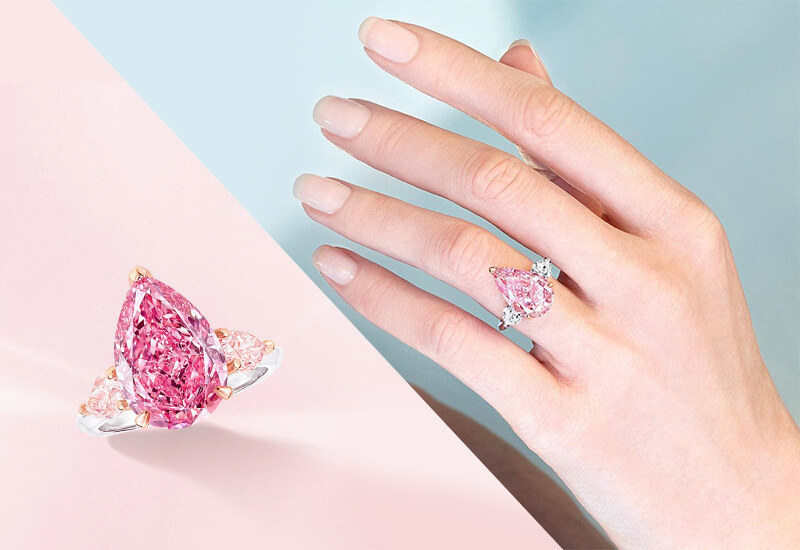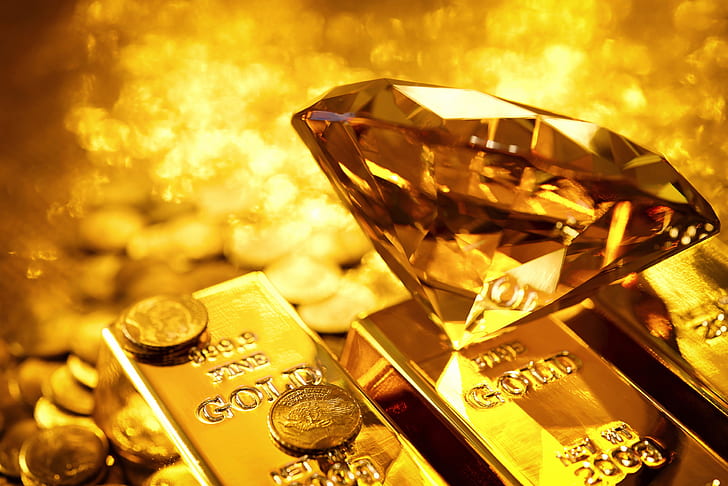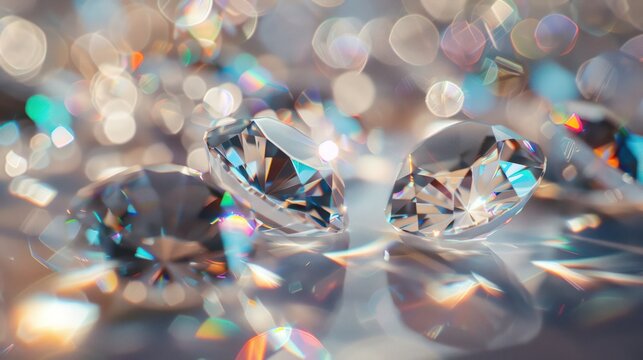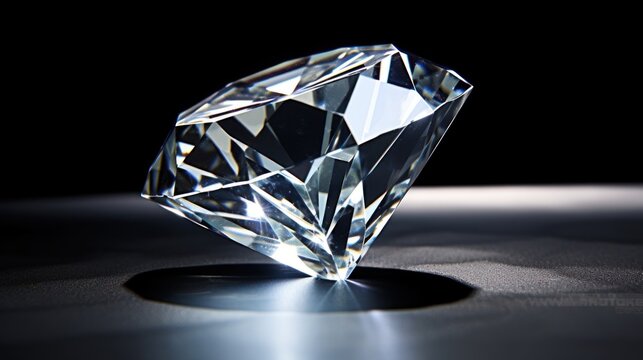
In the world of gemstones, pink diamonds have long been regarded as rare and luxurious treasures. Their unique hue and scarcity in nature have made them a popular choice among collectors and investors alike. However, as the market evolves, the introduction of lab diamonds has transformed how we view diamond investments, including those in pink diamonds. This article delves into the investment potential of pink diamonds and explores how lab-grown alternatives compare in terms of value, appeal, and sustainability.
Pink Diamonds: A Symbol of Luxury and Rarity
Are Pink Diamonds a Good Investment among the rarest gemstones, with their exceptional color and limited supply driving their high demand and value. These diamonds owe their unique hue to structural irregularities in the crystal lattice, which cause selective absorption of light.
Rarity and Value of Natural Pink Diamonds
- Limited Supply: The majority of the world’s natural pink diamonds were historically mined from the Argyle Diamond Mine in Australia, which ceased operations in 2020. This closure has further reduced the availability of pink diamonds, elevating their status as collector’s items.
- Skyrocketing Prices: High-quality natural pink diamonds command premium prices. Over the last few decades, they have shown consistent price appreciation, making them an attractive option for investors.
- Prestige Factor: Owning a natural pink diamond is a symbol of exclusivity, often associated with royalty, celebrities, and luxury brands.
Challenges of Investing in Pink Diamonds
Despite their allure, investing in pink diamonds comes with its challenges:
- High Entry Cost: The rarity and prestige of pink diamonds mean that they are prohibitively expensive for most investors.
- Liquidity Concerns: Selling a high-value pink diamond can be challenging, as the market for such rare items is relatively niche.
- Authenticity Verification: Ensuring that a diamond is natural and ethically sourced requires rigorous certification.
The Rise of Lab Diamonds: A Game-Changer in the Market
Lab diamonds, including lab-grown pink diamonds, have emerged as a revolutionary alternative to mined diamonds. These diamonds are created in laboratories using advanced technology that mimics natural diamond formation processes. Chemically and structurally identical to mined diamonds, lab diamonds are gaining popularity for their ethical and sustainable attributes.
Lab-Grown Pink Diamonds: Affordable Luxury
Lab-grown pink diamonds are produced using precise techniques like High-Pressure High-Temperature (HPHT) or Chemical Vapor Deposition (CVD), with the addition of specific elements to achieve their stunning pink hue.
- Affordability: Lab-grown pink diamonds are significantly less expensive than their natural counterparts, making them accessible to a broader audience.
- Ethical Sourcing: These diamonds are free from the ethical concerns associated with mining, including environmental degradation and conflict diamond trade.
- Customizability: Lab diamonds can be tailored to desired sizes, shapes, and color intensities, offering more options for consumers and investors.
Investment Potential of Lab Diamonds
While natural diamonds are often viewed as investments, lab diamonds are generally not considered in the same category due to their abundant supply and lack of historical price appreciation. However, they provide other forms of value:
- Cost Efficiency: Their lower price point allows buyers to own high-quality diamonds without a hefty financial commitment.
- Sustainability Appeal: As sustainability becomes a key factor in consumer decision-making, lab diamonds hold long-term appeal for ethically conscious buyers.
Comparing Natural Pink Diamonds and Lab-Grown Diamonds
When deciding between natural pink diamonds and lab-grown alternatives, it’s essential to consider your priorities, whether they involve investment returns, ethical considerations, or aesthetic preferences.
Investment Perspective
- Natural Pink Diamonds: Rare and appreciating assets, suitable for high-net-worth individuals looking for long-term investments.
- Lab-Grown Diamonds: Better suited for personal enjoyment and ethical consumption rather than financial investment.
Environmental and Ethical Impact
- Natural Pink Diamonds: Mining can lead to deforestation, water contamination, and other environmental harms, along with ethical concerns over labor practices.
- Lab-Grown Diamonds: Produced with significantly less environmental impact, offering a conflict-free alternative.
Affordability and Accessibility
- Natural Pink Diamonds: Limited to a select group of wealthy buyers due to their high cost.
- Lab-Grown Diamonds: Affordable and widely available, making them an excellent choice for budget-conscious consumers.
Are Pink Diamonds a Good Investment?
The answer depends on your goals. If you’re seeking a tangible, rare asset with potential for long-term value appreciation, natural pink diamonds are a strong contender. Their rarity and historical price trends make them a solid, albeit high-risk, investment.
However, for those prioritizing ethical considerations, affordability, and beauty over financial returns, lab-grown diamonds—including lab-grown pink diamonds—are an excellent choice. While they may not offer the same investment potential, they represent a modern, sustainable approach to luxury.
Conclusion: A Dual Perspective on Value
Both natural pink diamonds and lab-grown diamonds hold unique value, catering to different audiences and purposes. Natural pink diamonds appeal to investors and collectors drawn to their rarity and historical significance. In contrast, lab-grown diamonds resonate with consumers seeking ethical, sustainable, and affordable luxury. Whether you’re looking to invest or simply enjoy the beauty of a diamond, the choice ultimately depends on your priorities and values.









:max_bytes(150000):strip_icc()/labgrownlede-2b7540f7f7404558a08f1a555862f3d3.jpg)
